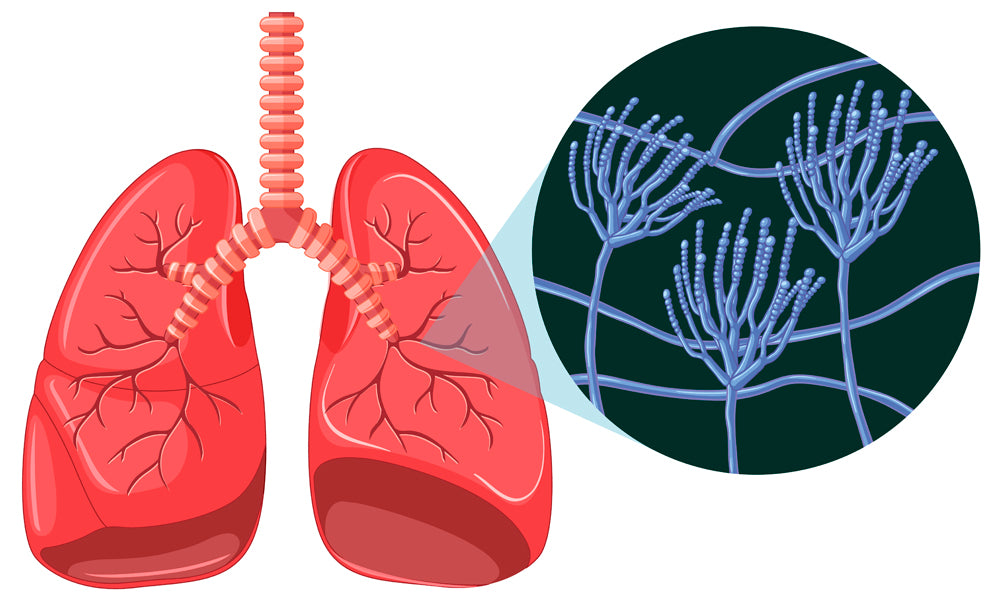OSITO Oxygen Concentrator Tips——What is Bronchiectasis?
Tachypnea is the medical term for an increased respiratory (breathing) rate. The normal respiratory rate is 12 to 20 breaths per minute in adults. When the breathing rate is greater than 20 breaths per minute, it is considered tachypnea. Tachypnea is a symptom of an underlying illness and is not a disease, itself.
Causes
Tachypnea can be caused by a wide range of health problems including:
- Physiological and mechanical disorders – may include fever, increased activity/exertion, abdominal distention, obesity, anxiety or panic disorder, and hypoglycemia (low blood sugar).
- Cardiovascular disorders– including congestive heart failure(CHF), anemia (low number of red blood cells), hyperthyroidism (overactive thyroid), and pulmonary embolism.
- Respiratory disorders – pneumonia, chronic obstructive pulmonary(COPD), asthma, pneumothorax (collapsed lung), hypoxemia (low oxygen levels in the blood), hypercapnia, interstitial lung disease, and pulmonary edema (fluid in the lungs).
- Acid-base imbalances – including metabolic acidosis, and sepsis (infection in the blood).
- Neurologic disorders – such as a brain tumor or hepatic encephalopathy (build-up of toxins in the brain due to advanced liver disease).
-
Medications – such as aspirin and other salicylates, amphetamines, cocaine, tiotropium (Spiriva), ipratropium (Atrovent) and other anticholinergics, PCP and other hallucinogens, marijuana, spice, and other cannabinoids.
Management and Treatment
Management and treatment of tachypnea depend largely on the underlying cause. The primary goal of treatment is to always treat the primary cause and support the respiratory system with the appropriate, complimentary treatment. Some general treatment options are listed below according to organ system:
Pulmonary: providing respiratory support is one of the most important aspects of treatment for tachypnea caused by a problem in the lungs. Oxygen therapy may be used in cases of hypoxemia to increase oxygen levels in the blood which may help lower the respiratory rate. Inhaled bronchodilators (medications that relax and widen the airways) and steroids (medications that reduce swelling and inflammation of the airways) are the gold standards to improve breathing in patients with asthma or COPD. Diuretics stimulate the kidneys to remove excess water and sodium(salt) from the body which can relieve swelling and fluid build-up due to CHF. Additionally, treating CHF with nitrates can assist with redistributing excess fluid to other areas of the body which may improve breathing. Distress from acute (sudden onset) pulmonary edema may be relieved by non-invasive positive pressure ventilation (NIPPV) such as continuous positive airway pressure(CPAP) or BiPap (bi-level positive airway pressure). Laboratory tests your doctor may run for pulmonary causes of tachypnea may include a complete blood count (CBC), basic metabolic panel (BMP), arterial blood gas (ABG) study, troponin (elevated in cases of heart attack), and brain natriuretic peptide (elevated in CHF).
Cardiovascular – sometimes, heart and lung problems that cause tachypnea overlap, for example, when a heart attack leads to CHF. An echocardiogram can reveal important information about your diagnosis and may be ordered by your doctor if you have tachypnea. Diagnosis and treatment for heart attack include having blood tests that detect damage to the heart muscle and having an electrocardiogram (EKG) to evaluate your heart’s electrical system and heart rhythm. Medications such as beta-blockers (reduce blood pressure and help prevent 2nd heart attack), nitroglycerin (treat and prevents chest pain) and morphine may be given to help protect your heart and relieve pain.
Hematologic — there is a broad range of treatment options available for hematologic (related to the blood) causes of tachypnea. One of the most common hematologic causes of tachypnea seen in the emergency department is anemia which produces symptoms. A common blood test that detects anemia is a complete blood count. Two of the values measured in a CBC are hemoglobin and hematocrit. If these are below a certain level, a blood transfusion may be necessary to correct the imbalance.2
Metabolic –Tachypnea and shortness of breath from metabolic (the sum of all chemical reactions that occur in the body) causes are directly related to something called compensatory mechanisms, which try to correct the underlying metabolic acidosis (build-up of acid in the blood; pH<7.35). In metabolic acidosis, the body tries to compensate for a low pH by breathing faster to blow off more carbon dioxide, which ultimately decreases the amount of acid in the blood. Common metabolic causes of tachypnea include diabetic ketoacidosis (DKA, life-threatening rise in blood sugar), which is treated with intravenous fluids and insulin therapy. Other causes of metabolic acidosis, especially those related to kidney failure or lethal toxic overdoses may require dialysis to purify the blood.2
Please note – the detailed management of tachypnea is beyond the scope of this article. For more information about tachypnea, contact your primary care provider.



Leave a comment
This site is protected by hCaptcha and the hCaptcha Privacy Policy and Terms of Service apply.